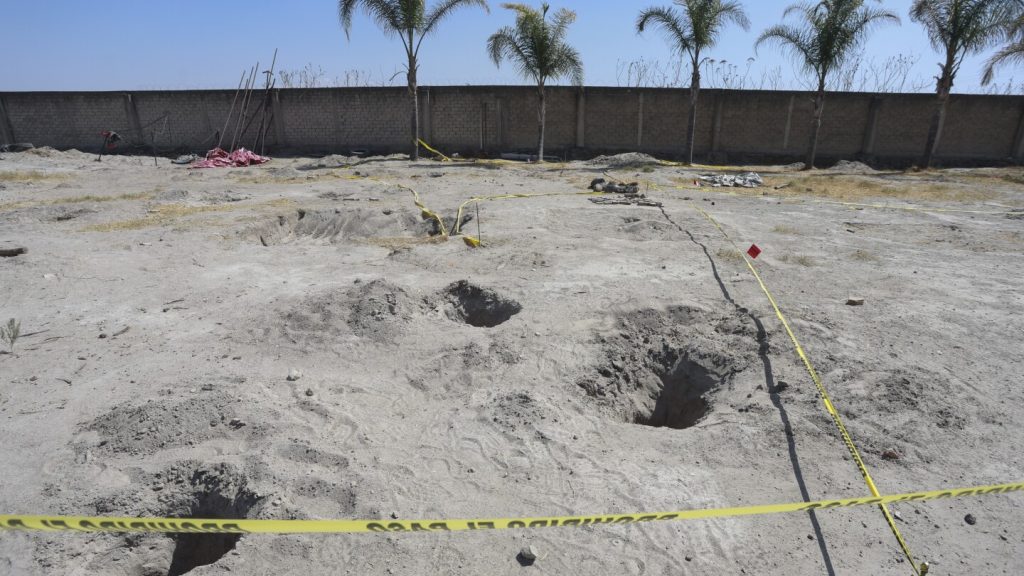MEXICO CITY (AP) — A fresh investigation into a ranch in western Mexico, believed to be a training site for recruits of the Jalisco New Generation Cartel (CJNG), has unveiled insights into the operations of one of the country’s most formidable drug cartels.
The Jalisco cartel, estimated by the U.S. Drug Enforcement Administration to have around 19,000 members, emerged as a violent and effective force after breaking away from the Sinaloa cartel following the military’s 2010 killing of Sinaloa leader Ignacio “Nacho” Coronel Villarreal.
Nemesio Rubén “el Mencho” Oseguera Cervantes heads the Jalisco cartel, for whom authorities have offered a $15 million reward for information leading to his arrest. His presence was spotlighted recently when images of him were displayed at a music festival in Jalisco.
Recruitment Tactics of the Jalisco Cartel
The Jalisco cartel utilizes three primary recruitment strategies: volunteers attracted by high pay and the envisioned lifestyle make up the majority; there’s targeted recruitment of former military and police personnel to serve as trainers and leaders within the cartel; and, lastly, there’s coerced recruitment, such as what has been reported at the ranch.
In the case of forced recruitment, authorities highlight that the cartel employs social media — with at least 60 pages — to offer fabricated job postings, especially for positions as security guards, luring candidates with promises of weekly salaries of $600, significantly higher than average. Once individuals express interest, they are compelled to join the cartel.
According to a survivor of the ranch, recruits were often picked up at bus stations under false pretenses and taken to the ranch where they underwent one month of weaponry and fitness training. Those who attempted escape or refused orders faced severe punishment, including beatings, torture, or execution, stated Mexico’s Public Security Secretary Omar García Harfuch.
Cartel Hierarchy and Expansion
Security expert David Saucedo outlines that the Jalisco cartel operates under a vertical structure, with Oseguera at the forefront. Recently, Oseguera’s image was displayed at a music festival, raising public concern, which prompted condemnations from President Claudia Sheinbaum and Jalisco’s governor. The Jalisco State Prosecutor’s Office has initiated an investigation into this incident as public tributes to cartel figures aren’t rare.
The DEA reports that the Jalisco cartel has a presence in 21 of Mexico’s 32 states, surpassing the Sinaloa cartel’s 19 strongholds. Some analysts suggest Jalisco may operate in as many as 25 states, extending even to around 100 countries globally.
Corruption and Impunity
The ranch case demonstrates how the Jalisco cartel can function without restraint in its territories, a phenomenon attributed to the collusion with local authorities, according to researcher Carlos Flores. Despite being uncovered in September 2024 with 10 arrests made, the investigation languished until family members looking for missing people discovered numerous clothing items and what appeared to be bone fragments, raising further alarms.
Authorities have since detained three local police officers allegedly linked to the disappearances connected to the ranch. Flores emphasized the evident collusion that enables the Jalisco cartel to establish a firm foothold in various states while systematically eliminating rivals, at times with assistance from public safety forces.



